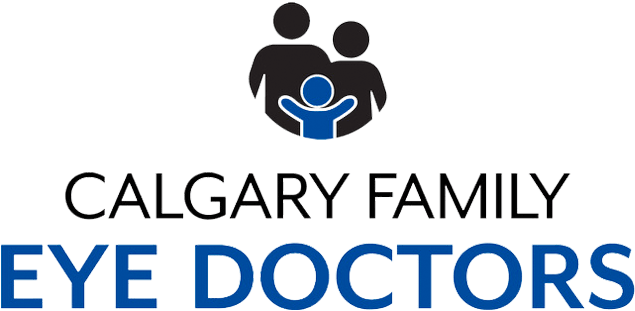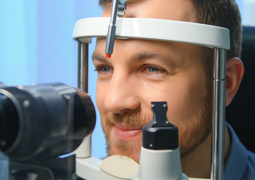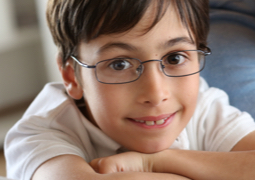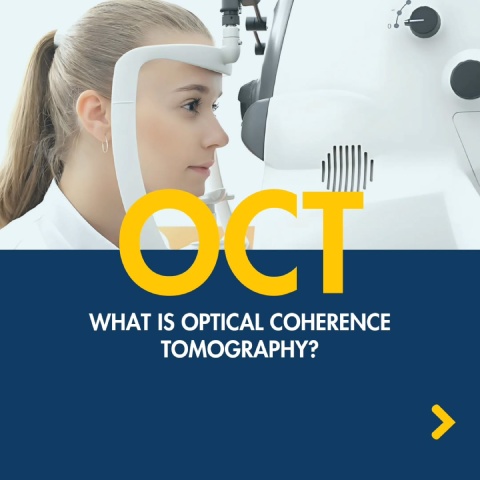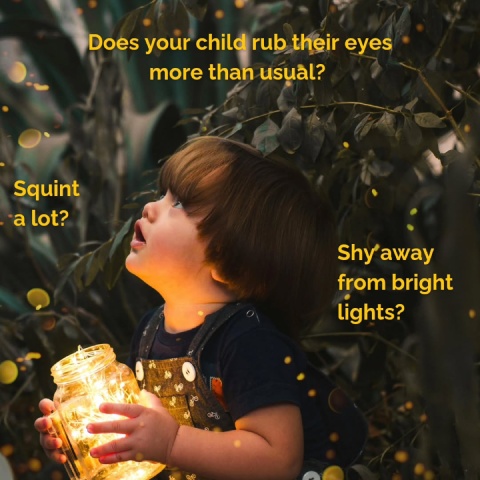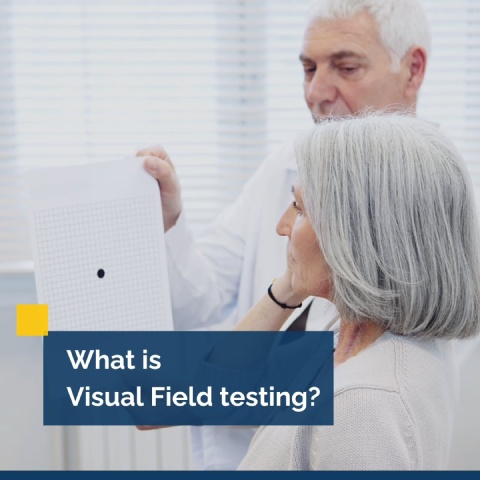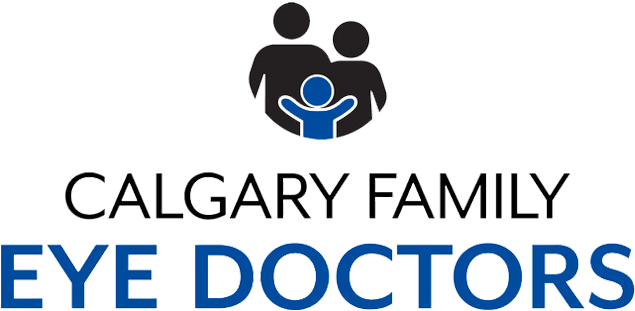While children may have symptoms that can indicate a vision or eye health problem, it’s also possible for vision issues to be asymptomatic. In these cases, the only way to detect them would be through a comprehensive eye health exam.
Some of the vision issues that can be detected during an eye exam are:
- nearsightedness (myopia)
- farsightedness (hyperopia)
- astigmatism
- lazy eye (amblyopia)
- crossed eyes (strabismus)
Comprehensive eye exams also include tests for eye coordination, depth perception, colour perception/colourblindness, and focusing ability.
Nearsightedness (myopia) and Farsightedness (hyperopia)
If your child is nearsighted, then it will be easier for them to see things that are closer to them, but it is more difficult to focus on objects that are farther away. The reverse is true for farsightedness – it is easier to see objects that are far away, but more difficult to focus on objects that are close up.
Nearsightedness occurs when light entering the eye is directed in front of the retina instead of on it. When this happens, images at a distance become blurry. Farsightedness occurs when light entering the eye is directed behind the retina. As a result, images up close become blurry.
Both nearsightedness and farsightedness are correctable with glasses or contacts.
Astigmatism
Astigmatism is a fairly common condition that causes blurred vision. It often occurs with other vision conditions, such as nearsightedness or farsightedness, and is one of the most common vision conditions in children.
Astigmatism occurs when the cornea or the lens of the eye is more oval or cylindrical than round in shape. Because of this irregular shape, light entering the eye isn’t correctly focused on the retina, which leads to blurry images. A higher amount of astigmatism can cause distorted vision; it is usually corrected with glasses or contacts. Smaller amounts of astigmatism may affect vision, but may not require treatment. If your child has astigmatism, their optometrist will discuss treatment options with you.
Lazy eye (amblyopia)
Amblyopia is weak vision in one eye due to an uncorrected prescription that occurs during the early years of development. It is one of the leading causes of preventable vision loss. If amblyopia is detected and treated before the age of 6, it will likely resolve completely.
Crossed eyes (strabismus)
Strabismus is a muscle condition where a child’s eyes are not properly aligned with each other, leading to an eye turning in or out. If left untreated, strabismus may become worse, and as the brain attempts to correct and eliminate double vision, it will eventually dismiss the image from one eye, leading to vision loss in that eye. A child cannot outgrow strabismus, so it is important for an optometrist to detect and treat it as early as possible.
If your child has any of these issues, they may not realize that anything is wrong with their vision. Regular comprehensive eye exams can help detect these vision issues, and your child’s optometrist can begin treatment as soon as possible. Like with many health-related diagnoses, early detection can lead to quicker treatment while also eliminating further issues down the road. For school-aged children, yearly eye exams are recommended. However, if your child is complaining of symptoms, bring them in sooner rather than later.
